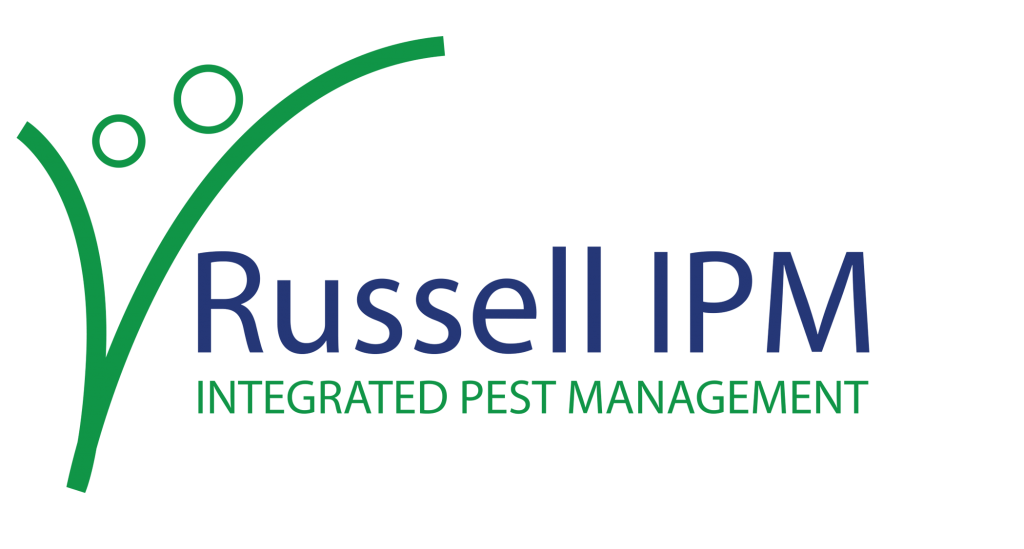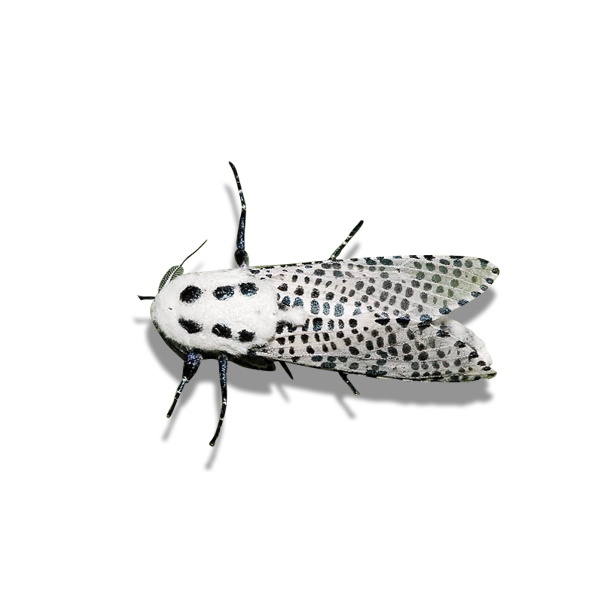Biology
Leopard moths have a general wing span of around 35-60 mm. Adult are stone –bodied, fluffy moths with coal black spots on white wings. The appearance of the wing pattern is similar to a leopards markings, hence the common name.
The larvae feed on the wood of a variety deciduous trees and shrubs, causing irreparable damage. The young caterpillar can be carried by the wind attached to a silk thread.
Nature of Damage
The seriousness of attacks varies according to the age of the plantation, on young trees one caterpillar is enough to kill a tree. Older trees can lose part of their structure and integrity, resulting in trees that are more vulnerable to wind damage. Old trees are severely damaged, particularly in dry years and dry ground.
Damage caused by Z. pyrina tends to be more significan following warm, dry periods. Trees weakened by leopard moth attacks are more susceptible to damage from other pests, including the goat moth (Cossus cossus), hornet clearwing moth (Synanthedon myopaeformis) and bark beetles. The woolly aphid (Eriosoma lanigerum) can use the old galleries mined by the larvae of Z. pyrina as a refuge, enabling them to evade chemical treatments.
Monitoring
Pheromone for Leopard Moth, Zeuzera pyrina
Russell IPM manufacture and supply pheromone lures, traps and complete monitoring systems for Leopard moth, Zeuzera pyrina. Pheromone trap data gives early warning of the infestation and also exhibits the density of the insect population.


